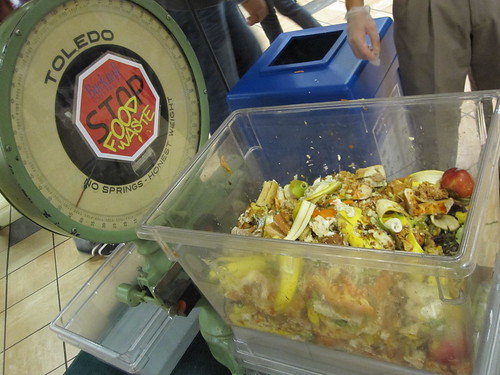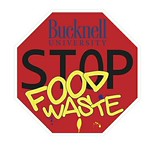We’re all familiar with that Dracula line: “I vaant to suck your blood!”
The original Red Bull?
But these days, the non-Twilight set may be more interested in eating it. No, it’s not a post-Halloween joke: many cultures use animal blood as part of their cuisine.
You have blood pancakes, blood pudding and blood porridge. And blood is used in many cultures for texture and/or taste. The BBC piece on eating food asks why Britons aren’t more interested in eating this source of iron. A U.S. article could ask why Americans aren’t interested at all.
Unfortunately, I’m not optimistic that this will change any time soon. As with offal (organs, etc.), it’s an uphill battle to get Americans to try any ‘non-traditional’ cuts, even if doing so used to be traditional. Heck, we tend to eschew any meats not boneless and skinless.
Here’s where the whole animal ethic (and not wasting food) butts heads with the ‘ick factor.’ And even those willing to try tongue or liver, for example, may not be ready to tuck into some blood pudding.
But, consider these words from Odd Bits author Jennifer McLagan:
“If you’re a thinking carnivore, you can’t just be throwing away half the animal.”
For non-blood suckers or eaters (count me among them), one defense might be that liquid waste isn’t food waste. And also, that there are many shades of gray with food waste.
 The logistics: students scraped their plate remains into a clear container atop a large scale. This waste weigh setup was just in front of the plate return belt, making participation easy. Student volunteers (and yours truly) were on hand to ensure that all went according to plan. For instance, no to drinks, but yes to soups.
The logistics: students scraped their plate remains into a clear container atop a large scale. This waste weigh setup was just in front of the plate return belt, making participation easy. Student volunteers (and yours truly) were on hand to ensure that all went according to plan. For instance, no to drinks, but yes to soups. The response: Only a handful of students balked at participating. And the majority seemed to make the connection between their (and fellow students’) behavior and the mass of food waste. We tried not to comment on students’ behaviors, but one guy commented–mostly jokingly–“I feel so judged!” A young woman found the exercise “so gross,” but I didn’t get to clarify whether she meant the tub of food waste or her peers’ squandering.
The response: Only a handful of students balked at participating. And the majority seemed to make the connection between their (and fellow students’) behavior and the mass of food waste. We tried not to comment on students’ behaviors, but one guy commented–mostly jokingly–“I feel so judged!” A young woman found the exercise “so gross,” but I didn’t get to clarify whether she meant the tub of food waste or her peers’ squandering.
 Students will leave with a heightened awareness on food waste and this neat ‘Stop Food Waste’ sticker.
Students will leave with a heightened awareness on food waste and this neat ‘Stop Food Waste’ sticker.